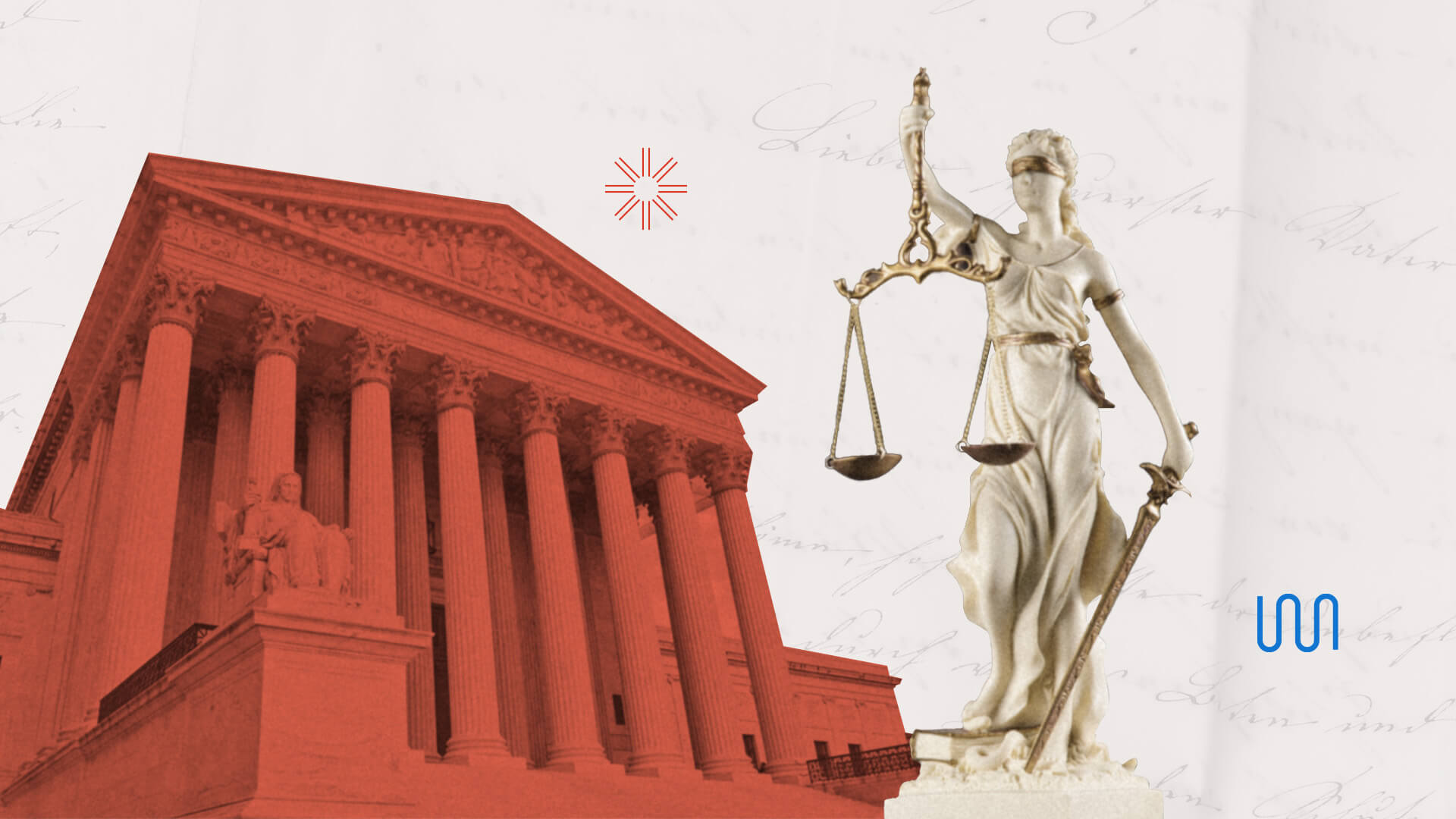
From the moment a contract is discussed to the time it’s signed and then executed, the value of a contract can change significantly. The complexities of creating the correct terms, pricing, invoicing and timing can create issues that make it hard for companies to realize the full value of a contract. In fact, on average, organizations lose about 9% of the value of every contract.
That means companies throw away nearly one in every ten dollars they earn from a contract agreement. This issue is called contract value leakage, and it’s something that smart organizations can mitigate with the right approach to their contract process.
What is contract value leakage?
Contract value leakage happens in two phases: Before the contract is signed, any reduction in value is considered to be an issue with contract quality, either from negotiation or contract creation. Once a contract is signed, any leakage that occurs is a contract management issue, where the agreed upon terms are not maximized.
Let’s take a deeper dive into what contract value leakage is, how it happens and how to mitigate loss in contract value.
How does contract value leakage happen?
In the early stages of a contract, the biggest issues often have to do with agreement of terms. There might have been an early conversation about certain payment amounts, timing or volume that are subject to disagreements once more people become involved. Often, there are different versions of a document being sent around, printed, faxed and redlined. This can cause complications for key stakeholders.
Once a contract is created and reviewed, it is still subject to a number of potential issues that can be the cause of contract leakage, including:
- Stakeholder disagreement: Key stakeholders may want to change the terms of an agreement to be more favorable to their organization after the initial conversations and drafts have already been agreed upon by the initial parties involved.
- Failure to account for market changes: Changes in the market from pricing adjustments to supply chain issues can cause fluctuations that might alter a previously agreed-upon price.
- Contract noncompliance: Work should only be done within the parameters stipulated by the contract. If work is done outside of how the contract spelled out the requirements, it could end up being a costly issue.
- Failure to deliver: If a party doesn’t provide the products or services as agreed upon in the contract, it could result in litigation or renegotiation.
- Billing and invoicing issues: If the terms of the contract are complicated or not spelled out clearly, finance departments may misinterpret them, leading to incorrect invoices and a delta between an expected bill and the actual billing price.
How does contract leakage affect companies?
There are three main ways that contract leakage can affect companies.
Time
Reviewing a contract for issues, negotiating with the other party, invoicing repeatedly — these actions all take time away that could be used more productively. Not to mention the time it could take to find the most updated version of a contract, ensure that it has the correct signatures, verify it with the other party and make any required updates.
Money
When contract terms aren’t met, someone doesn’t get what they expected. Too often, companies are stuck waiting for late payments or dealing with reduced deliveries or performance, which can be costly to the business. Not only might the other party pay late or pay less, the business might have to put important transactions on hold as they wait.
Resources
Typically, a company has a variety of people on staff to manage contracts, invoicing and vendor relationships. These resources can be most valuable when they are working to optimize those relationships, not dealing with contract errors, reworking and disputes.
How to digitize the contract process to avoid reduce contract value leakage
As with many other parts of the business world, the contract process can benefit from both standardization and automation. Technology can help with a variety of contract issues from verifying signatures and spotting errors to enforcing terms more accurately.
A standardized, digital contract process starts with a content management platform. Your platform should have a library of contract templates that can ensure that the majority of the language that goes into any one contract has already been pre-approved and tested. This also frees up time to focus on the specifics of a new contract.
The next improvement that organizations can make is to use technology to review contracts for errors or inaccuracies, such as two different dates, wrong numbers or erroneous names. This process can reduce any issues in the future with misinterpretation or disputes.
Organizations should also ensure that all contracts are electronic documents that can be searched and reviewed online as part of a contract database. Ideally, key dates and other contract elements such as promised delivery volumes are added into a management system that is tied directly to the contract so that no contract management issues occur once the document is signed.
Reduce contract leakage with Notarize
Digitizing the contract management and execution process can help to mitigate contract leakage. There are a variety of LegalTech platforms that can streamline traditionally inefficient processes when it comes to creating contracts.
Notarize for businesses is one such solution that enables contracts to be executed online. For contracts that need signatures and notarizations, they can be electronically uploaded to the Notarizeplatform and signed and notarized within minutes. This can help reduce errors and save time, which leads to less contract leakage in the process.
A digital transformation is occurring in the legal space. By implementing new technology, such as online notarization, you will be able to improve and streamline processes across your law firm.




